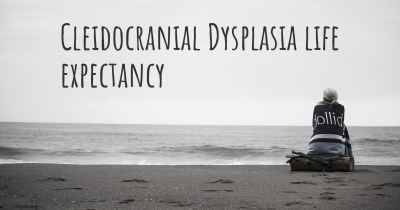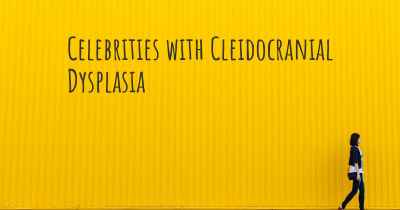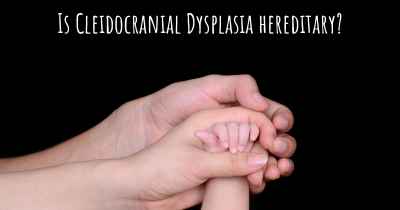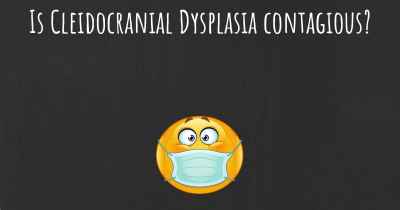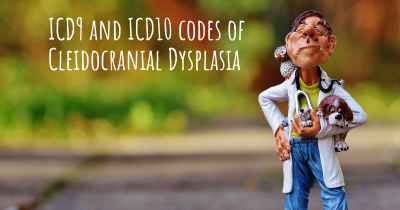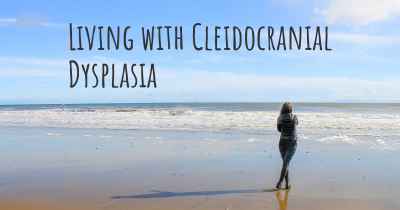How is Cleidocranial Dysplasia diagnosed?
See how Cleidocranial Dysplasia is diagnosed. Which specialists are essential to meet, what tests are needed and other useful information for the diagnosis of Cleidocranial Dysplasia
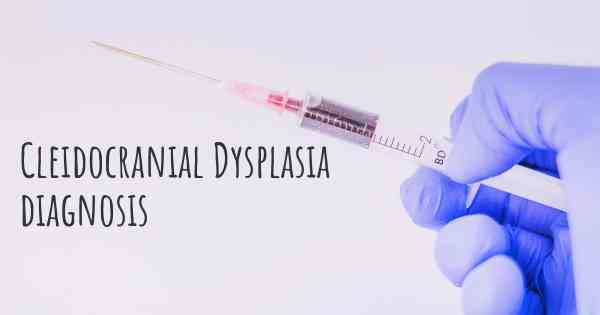
Cleidocranial Dysplasia (CCD) is a rare genetic disorder that affects the development of bones and teeth. It is typically diagnosed through a combination of clinical evaluation, medical imaging, and genetic testing.
Clinical Evaluation: The first step in diagnosing CCD involves a thorough clinical evaluation by a healthcare professional, usually a geneticist or a dentist with experience in craniofacial abnormalities. The doctor will review the patient's medical history, conduct a physical examination, and assess the characteristic signs and symptoms associated with CCD.
Medical Imaging: X-rays and other imaging techniques play a crucial role in diagnosing CCD. These imaging studies help visualize the skeletal abnormalities and dental features associated with the condition. The most common findings include:
- Delayed Closure of Fontanelles: Fontanelles are the soft spots on a baby's skull that eventually close as they grow. In CCD, these fontanelles may take longer to close or remain open into adulthood.
- Underdeveloped or Absent Clavicles: The collarbones (clavicles) may be either partially formed or completely absent in individuals with CCD.
- Abnormal Teeth: CCD often leads to delayed eruption of permanent teeth, supernumerary (extra) teeth, and other dental abnormalities.
- Wormian Bones: These are small extra bones that appear within the sutures (joints) of the skull. Their presence is a characteristic feature of CCD.
Genetic Testing: Once the clinical evaluation and imaging studies suggest a diagnosis of CCD, genetic testing is typically performed to confirm the presence of mutations in the RUNX2 gene. This gene is responsible for providing instructions for the production of a protein that plays a crucial role in bone and tooth development. Genetic testing can be done through various methods, including:
- Gene Sequencing: This technique involves analyzing the DNA sequence of the RUNX2 gene to identify any mutations or alterations.
- Deletion/Duplication Analysis: In some cases, larger genetic changes such as deletions or duplications of the RUNX2 gene may be responsible for CCD. This analysis helps detect such structural variations.
It is important to note that while genetic testing can confirm the diagnosis of CCD, it may not be readily available in all healthcare settings. Additionally, genetic testing may not be necessary if the clinical evaluation and imaging studies strongly suggest CCD.
Once a diagnosis of CCD is confirmed, further evaluations and management plans can be developed. These may involve regular dental check-ups, orthodontic treatment, and other interventions to address the specific symptoms and complications associated with CCD.
Posted May 17, 2017 by Sonia 1370
